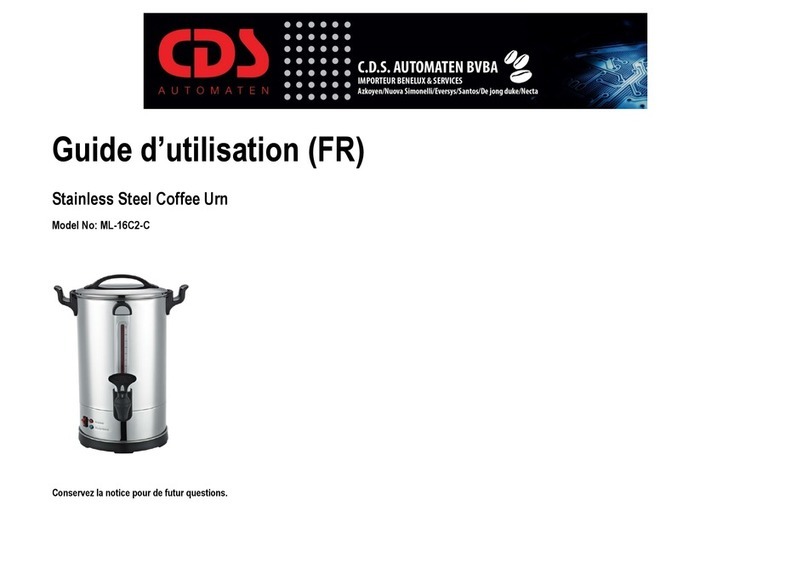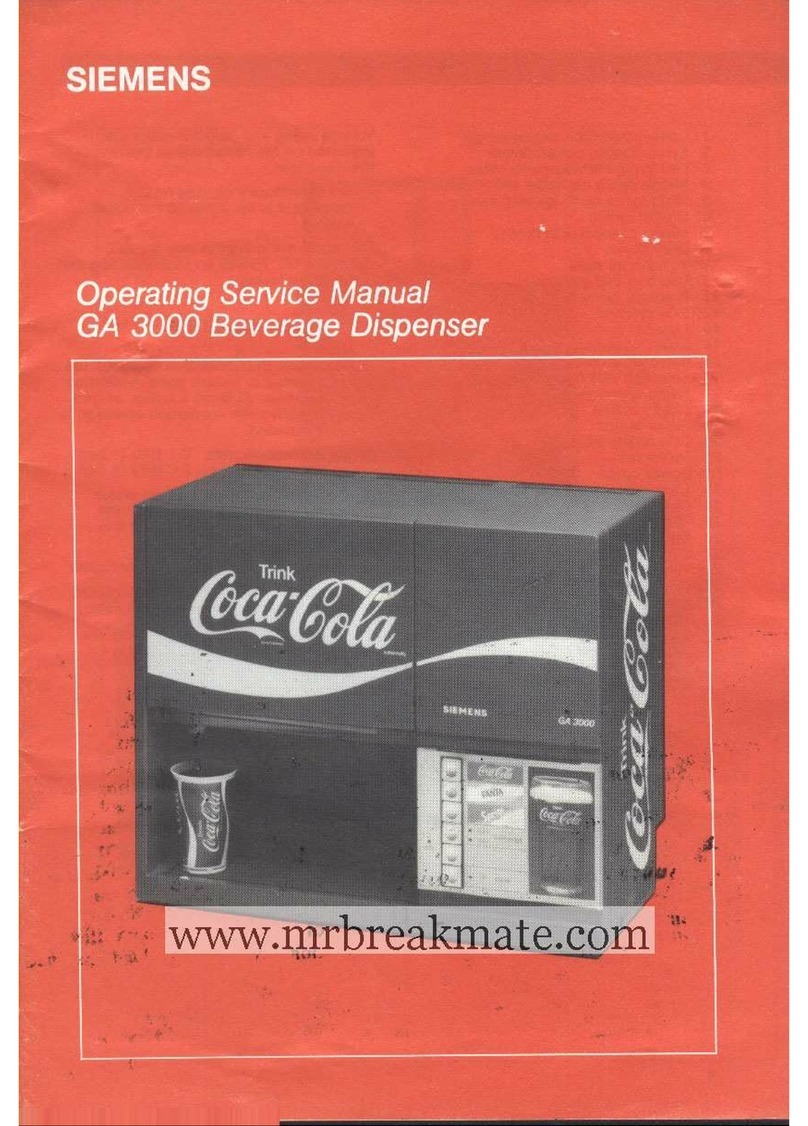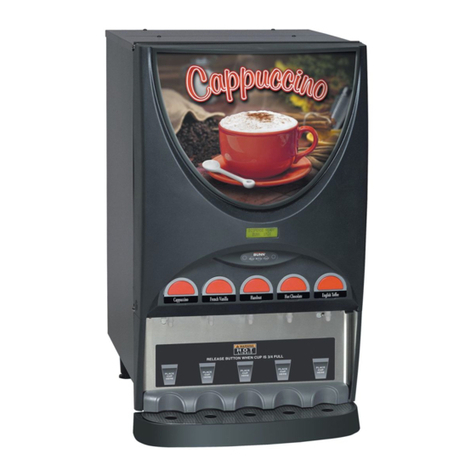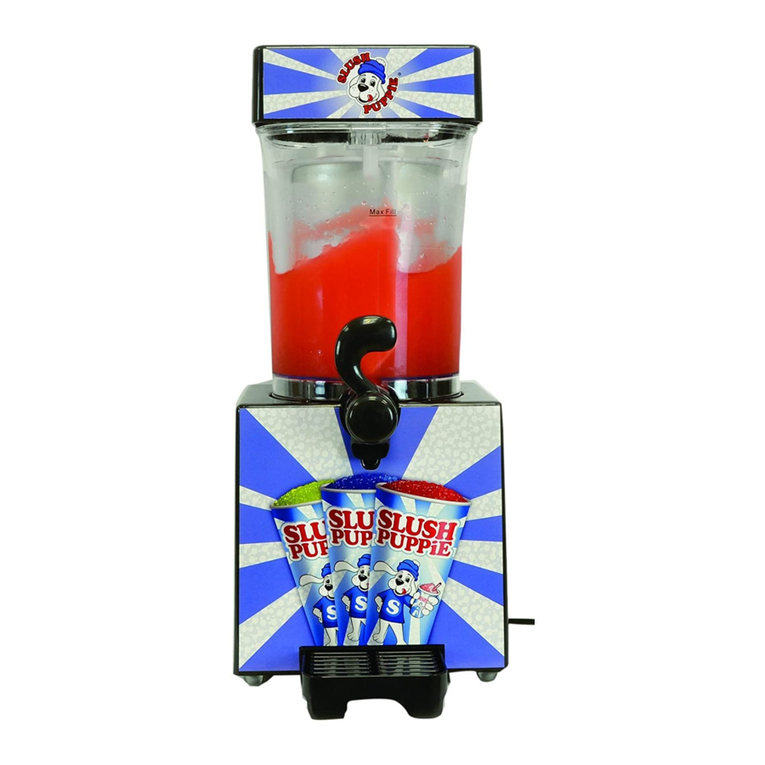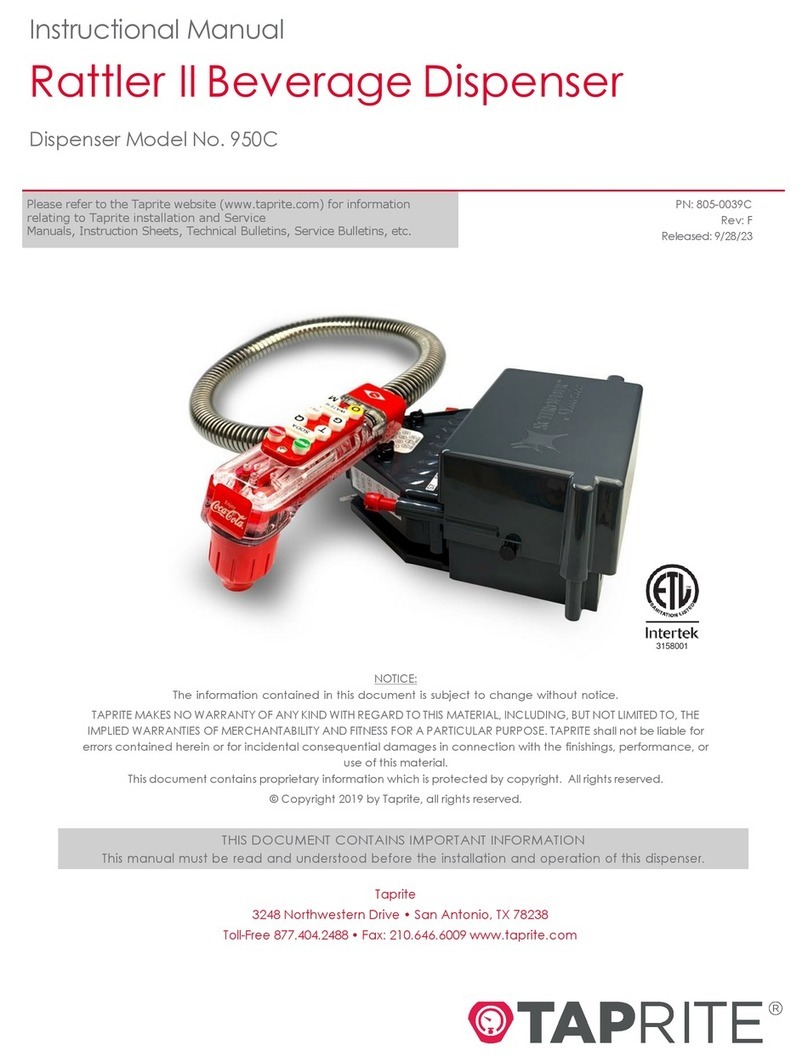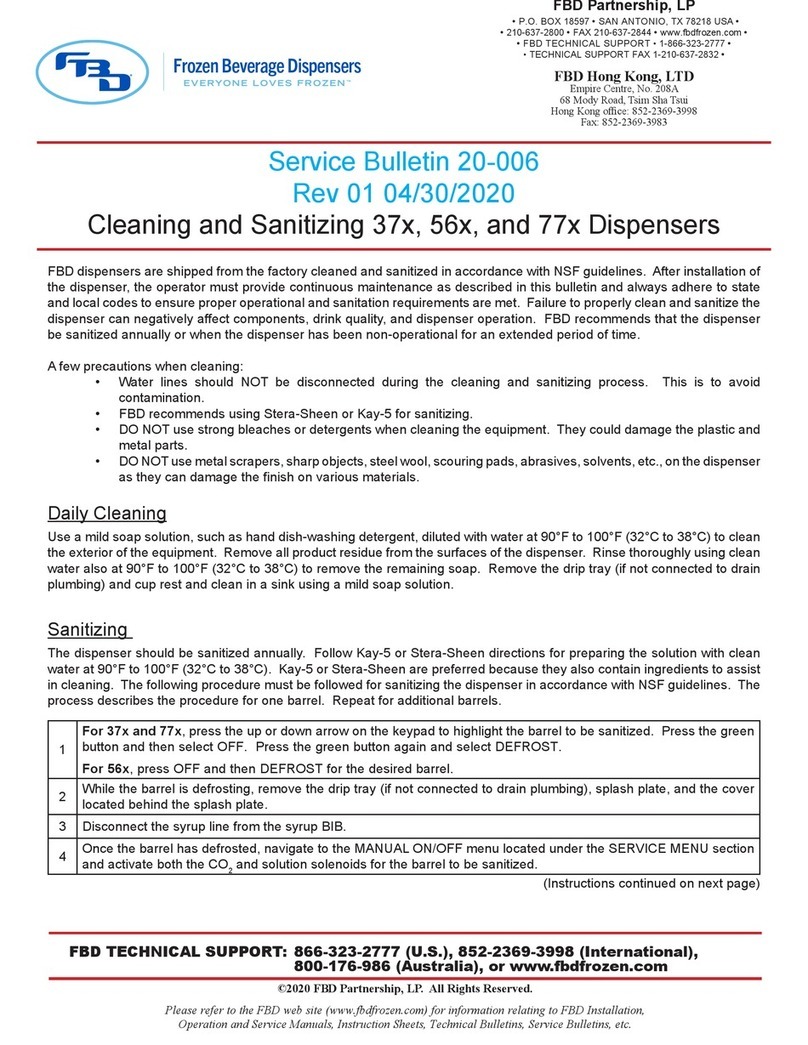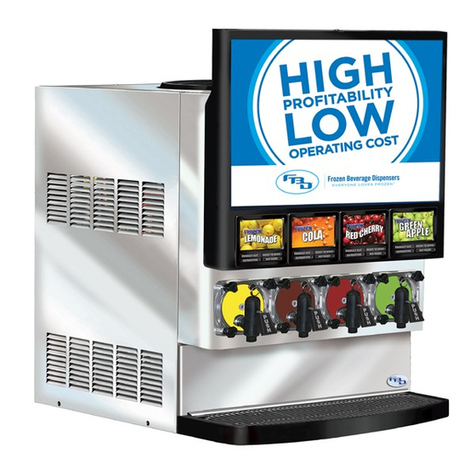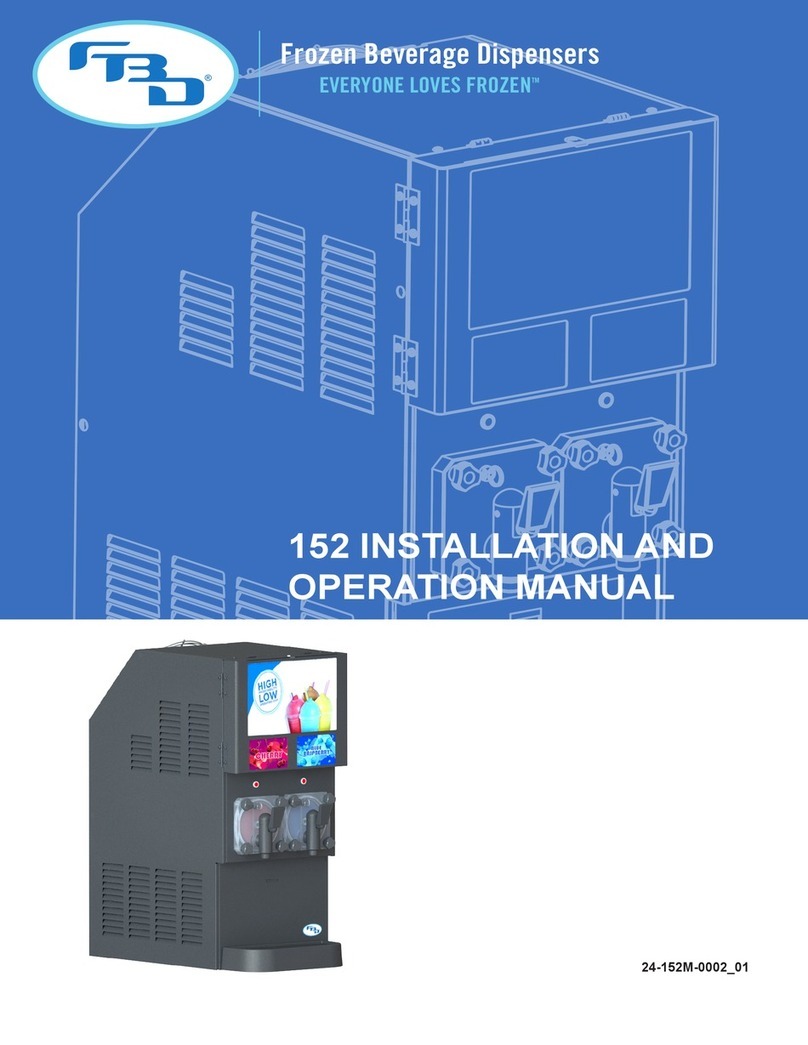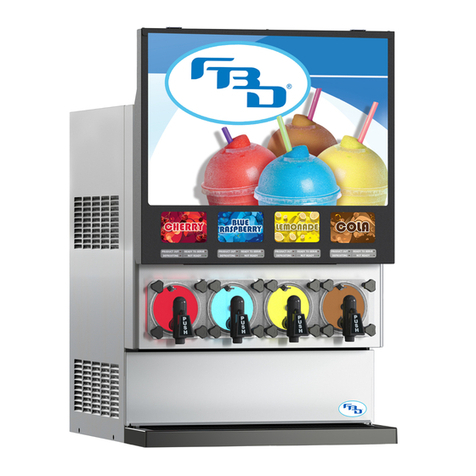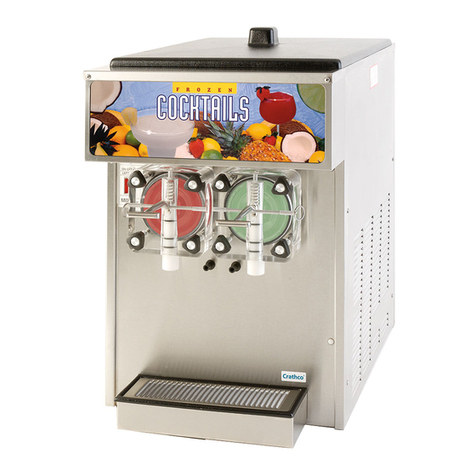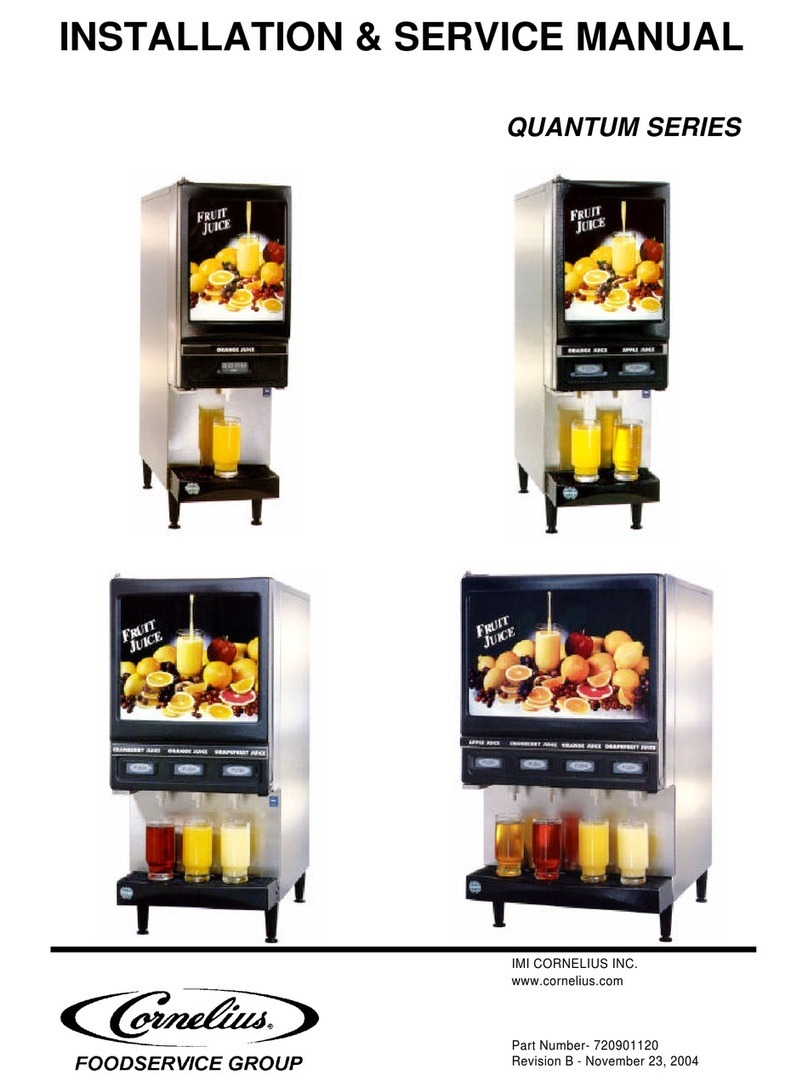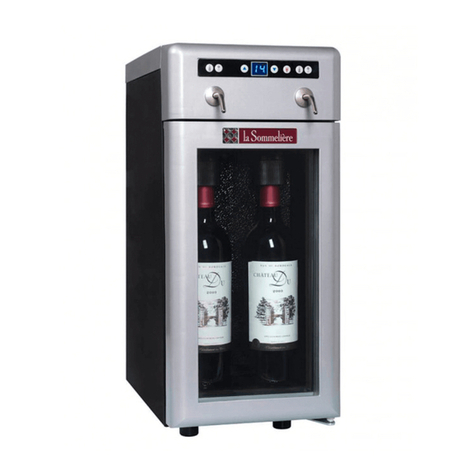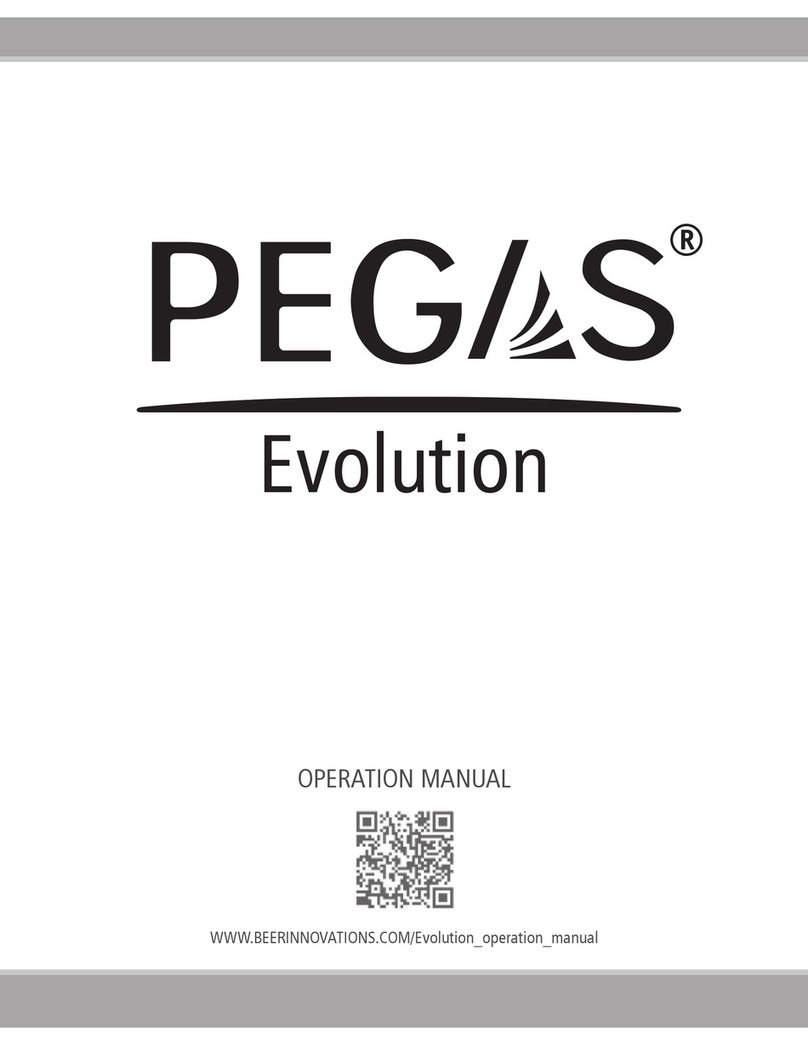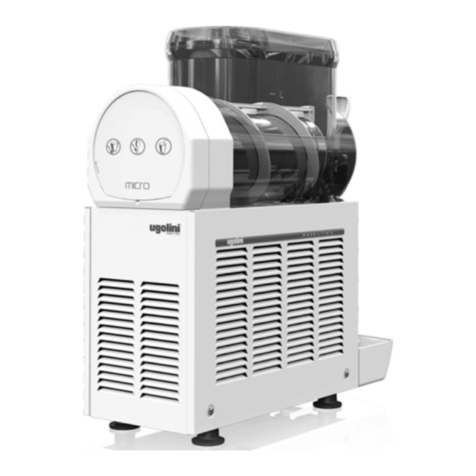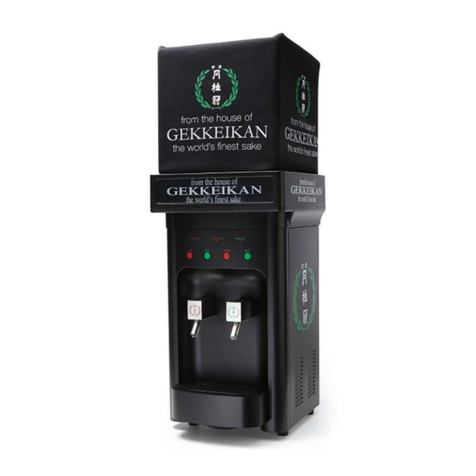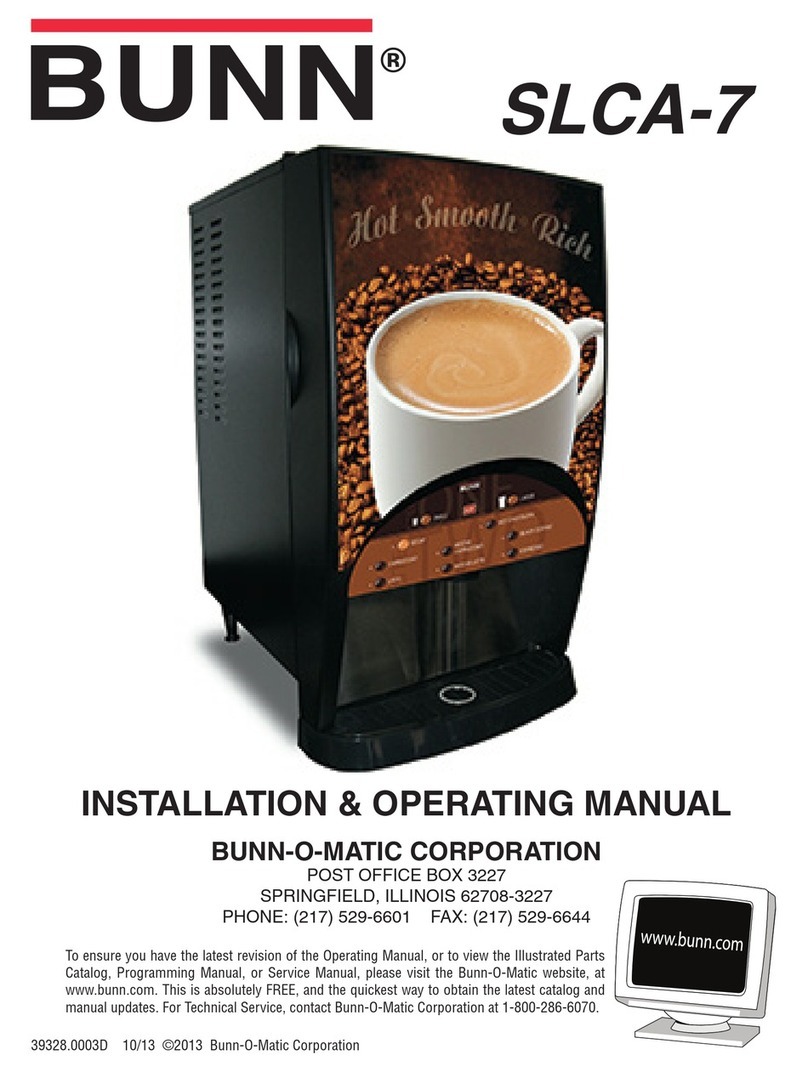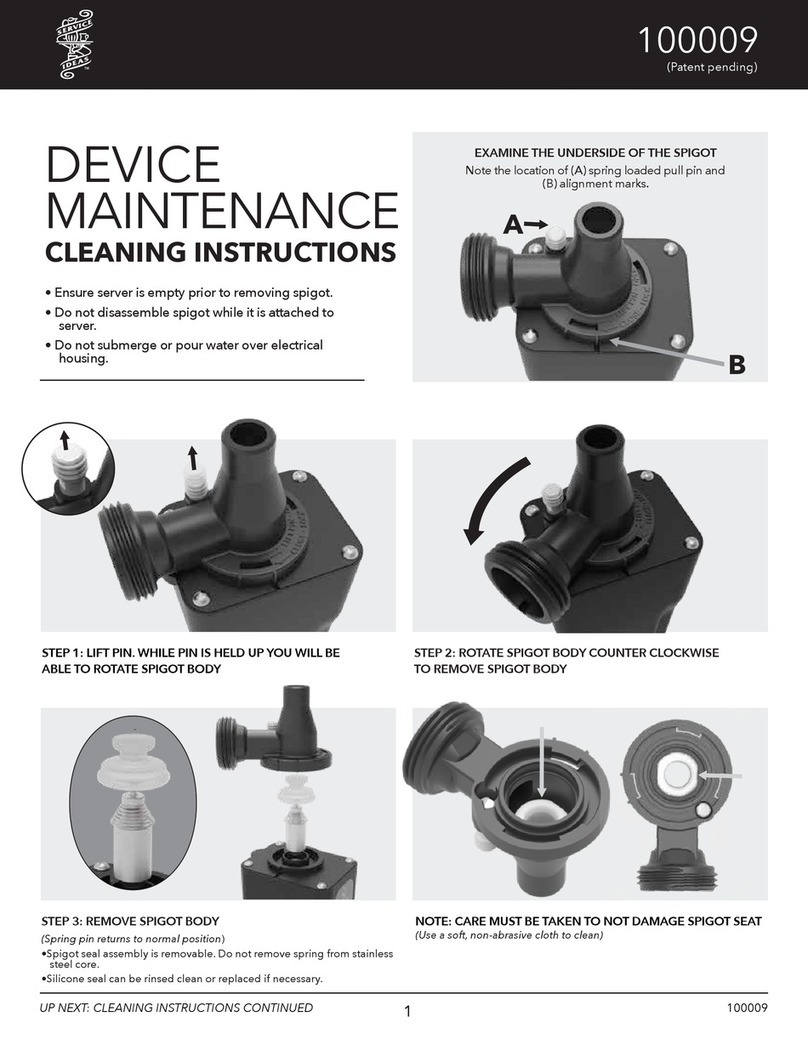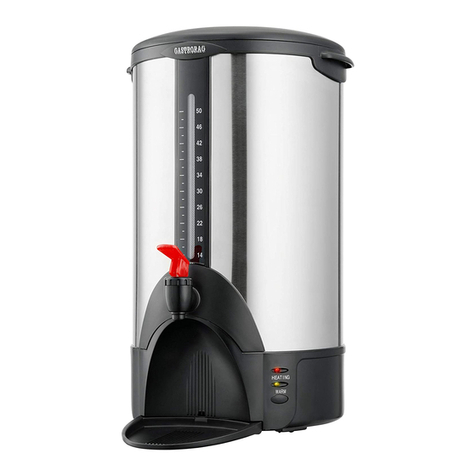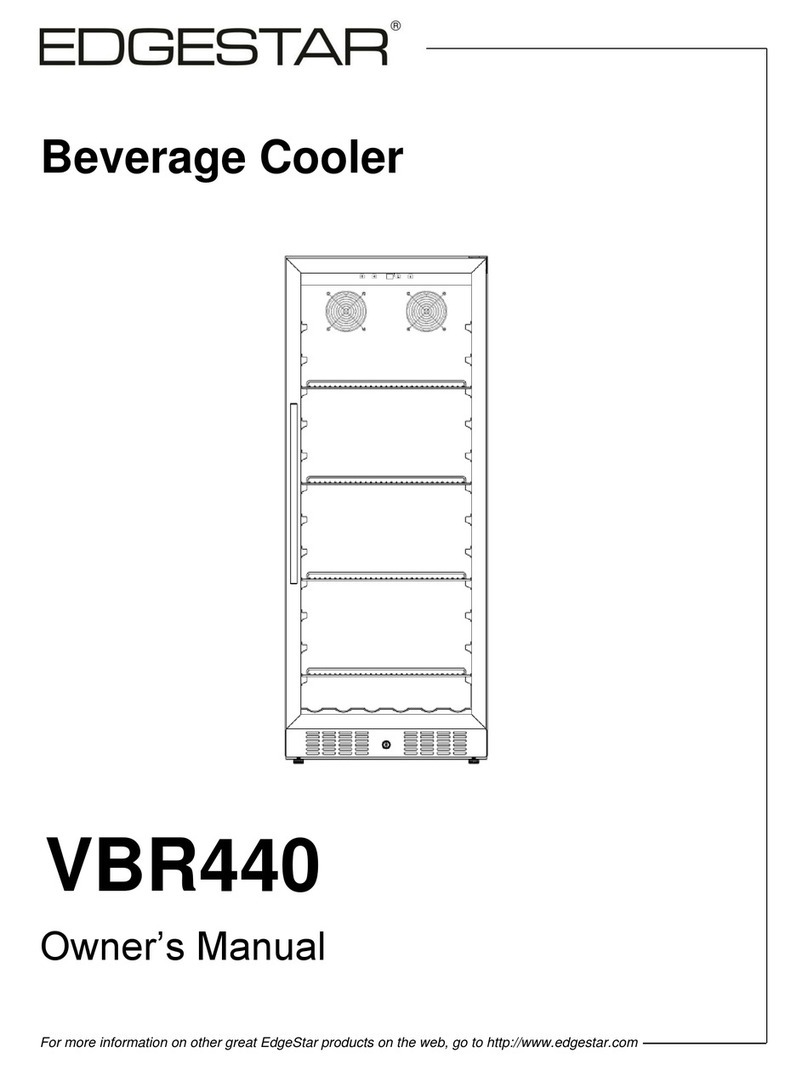
TABLE OF CONTENTS
SPECIFICATIONS...................................................................................................................................COVER
TABLE OF CONTENTS......................................................................................................................................i
SAFETY PRECAUTIONS ..................................................................................................................................ii
1. PREPARING THE LOCATION ....................................................................................................................1
1.1 LOCATION REQUIREMENTS ...........................................................................................................1
1.2 ADDITIONAL REQUIREMENTS........................................................................................................1
2. RECEIVING AND UNPACKING UNIT.........................................................................................................1
2.1 RECEIVING........................................................................................................................................1
2.2 UNPACKING ......................................................................................................................................1
3. INSTALLING THE UNIT..............................................................................................................................1
3.1 FLUSH MOUNTING...........................................................................................................................1
3.2 ROLL AROUND CART.......................................................................................................................2
4. CONNECTING TO ELECTRICAL POWER ................................................................................................2
5. CONNECTING WATER, CO2, AND SYRUP SUPPLIES ............................................................................3
5.1 WATER SUPPLY................................................................................................................................3
5.2 CO2SUPPLY......................................................................................................................................3
5.3 SYRUP SUPPLY................................................................................................................................4
6. STARTING THE UNIT .................................................................................................................................4
6.1 INITIAL POWER-UP...........................................................................................................................4
6.2 BRIXING.............................................................................................................................................5
6.3 FILLING THE CHAMBER...................................................................................................................6
CRITICAL REGULATOR AND FLOW CONTROL SETTINGS.........................................................................7
7. OPERATION OF THE DISPENSER............................................................................................................7
7.1 OPERATING ELECTRONIC CONTROLS.........................................................................................7
7.2 MACHINE ACCESS .........................................................................................................................11
7.3 MACHINE SETTINGS......................................................................................................................12
7.4 READOUTS......................................................................................................................................13
8. CLEANING AND SANITIZING THE UNIT ................................................................................................13
8.1 GENERAL INFORMATION ..............................................................................................................13
8.2 REQUIRED CLEANING EQUIPMENT.............................................................................................14
8.3 DAILY CLEANING OF THE UNIT....................................................................................................14
8.4 SANITIZING THE SYRUP SYSTEMS .............................................................................................14
9. BASICS OF OPERATION .........................................................................................................................15
9.1 MAKING ADJUSTMENTS TO THE FBD553D.................................................................................15
10. CHANGING FACTORY SET “LEVEL CONTROL” ..................................................................................16
10.1 BEFORE CHANGING “LEVEL CONTROL” SETTINGS..................................................................16
10.2 DRINK TOO HARD AND COLD.......................................................................................................17
10.3 DRINK TOO LIQUID ........................................................................................................................17
10.4 CHANGING THE DEFAULT LEVEL CONTROL SETTING .............................................................18
11. CHANGING FACTORY THAW AND FREEZE SETTINGS.......................................................................18
11.1 BEFORE CHANGING THAW AND FREEZE SETTINGS................................................................18
11.2 CHANGING THAW AND FREEZE SETTINGS................................................................................19
12. BEVTRAK OPERATION............................................................................................................................19
12.1 NAVIGATING THE BEVTRAK MENU..............................................................................................19
12.2 NORMAL OPERATION....................................................................................................................20
13. CRITICAL INFORMATION ........................................................................................................................20
13.1 DEFROST AND RUN TIME DELAY.................................................................................................20
13.2 CHAMBERS 90% FULL ON INITIAL SET UP .................................................................................20
13.3 LINE VOLTAGE DROP ....................................................................................................................21
13.4 LONG TUBING RUNS .....................................................................................................................21
14. TROUBLESHOOTING GUIDE..................................................................................................................21
MECHANICAL............................................................................................................................................21
ELECTRICAL.............................................................................................................................................23
ELECTRONIC CONTROLS.......................................................................................................................25
REFRIGERATION......................................................................................................................................25
DRINK QUALITY........................................................................................................................................27
LCD DISPLAY ERROR MESSAGES.........................................................................................................29
LCD DISPLAY MESSAGES.............................................................................................................................32
LCD DISPLAY ERROR MESSAGES ..............................................................................................................33
WARNING LIGHTS..........................................................................................................................................33
i
